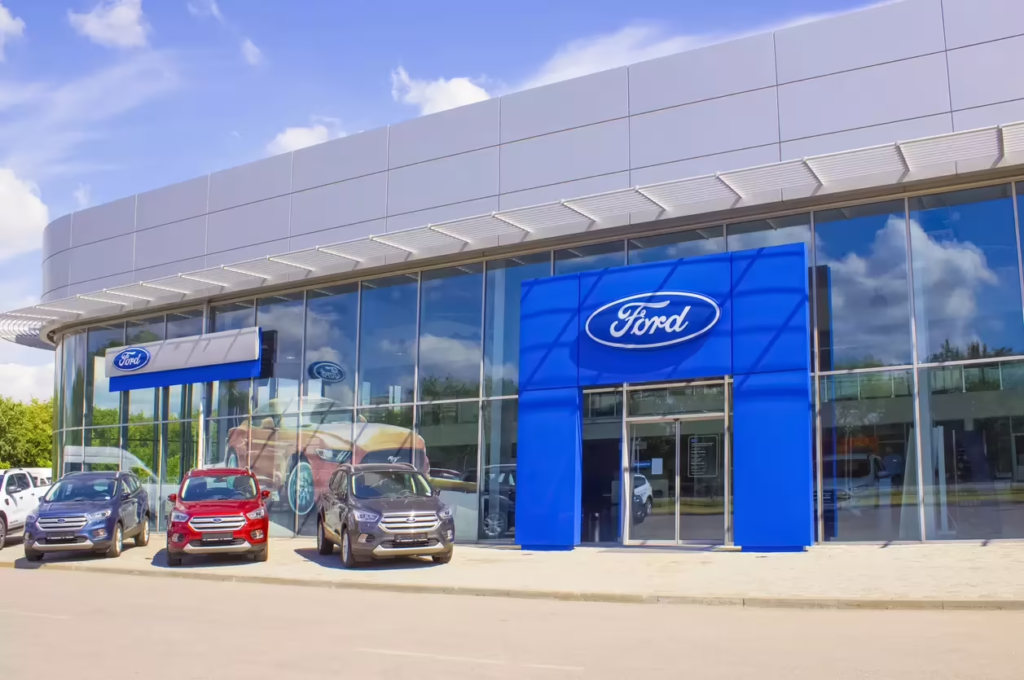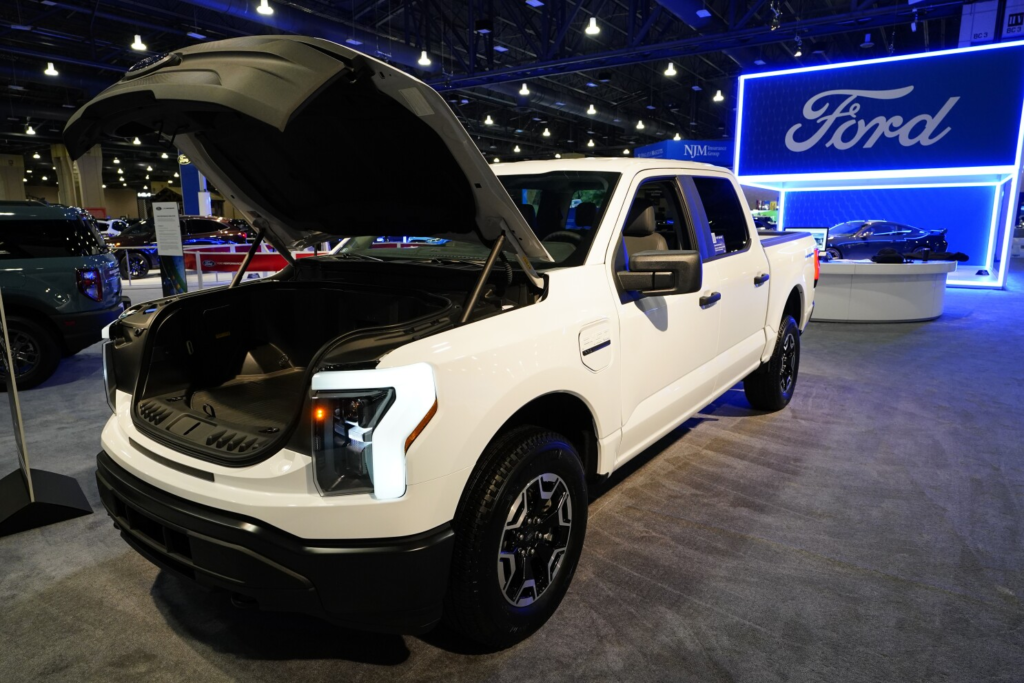A senior executive at Ford Motor Company has made a bold claim that is igniting both praise and protest: most new car buyers today are less concerned with internal combustion engine (ICE) power and more focused on advanced safety and technology features.
This perspective, shared during a recent industry panel, challenges decades of Ford’s performance branding and legacy, especially with icons like the Mustang and F-150 Raptor. As the auto industry shifts toward electrification and smart mobility, Ford’s message is clear—the future isn’t about what’s under the hood, but what’s inside the cabin.
Performance No Longer Top Priority, Says Ford VP
Ford’s Vice President of Product Development stated, “We’re seeing a significant shift. Customers today are choosing vehicles based on how safe, smart, and connected they are. Horsepower isn’t the main draw anymore.”
He pointed to rising consumer interest in driver-assist systems, connectivity, and digital convenience, all now key features in Ford’s latest offerings, including the F-150 Lightning and Mustang Mach-E.

Ford’s research aligns with a broader industry trend. According to a 2024 JD Power Study, more than 60% of new car buyers ranked tech features like blind-spot monitoring, adaptive cruise control, and smartphone integration above engine specs.
Ford Fans Push Back—“Power Is the Brand”
Not everyone agrees with Ford’s new direction. Longtime enthusiasts, particularly those loyal to the Mustang, Raptor, and Shelby lineups, are pushing back hard.
“Ford was always about muscle and speed. Now it sounds like they’re trying to become Apple on wheels,” one fan wrote in a Ford Mustang Facebook group.
Online car forums and Reddit threads lit up with frustration. Users say performance still matters deeply—especially in a brand built on racing heritage and American engineering.
“I love safety tech, sure. But don’t tell me a Mustang should sound like a laptop,” another user commented.
Why Ford Is Making the Shift
From a business perspective, Ford’s move makes sense. With growing global competition, tightening emissions rules, and a younger generation prioritizing digital experiences, automakers are evolving rapidly.

Tesla, Hyundai, and several Chinese electric carmakers are setting the pace with sleek EVs packed with software, range features, and smart connectivity. Ford, in response, is investing heavily in software-defined vehicles, over-the-air updates, and EV platforms.
The Mustang Mach-E, for example, is marketed as a crossover with sporty acceleration, but its appeal lies in its quiet ride, tech-rich interface, and safety ratings.
Ford’s BlueCruise driver-assist system—which allows hands-free driving on mapped highways—has also drawn praise, especially from families and urban commuters.
Is It the End of Muscle Cars?
Not quite. Ford isn’t walking away from power completely. The newly released Mustang Dark Horse sports a 500-hp V8 engine and a 6-speed manual transmission—music to the ears of traditionalists. But even this beast includes features like a digital instrument cluster, track performance apps, and smartphone integration.
“Performance and tech are not mutually exclusive,” a Ford spokesperson said in a follow-up interview. “We are simply adding modern innovation to what our customers already love.”
Industry watchers believe Ford is attempting to thread the needle—embracing smart mobility while preserving performance for niche markets.
The Balancing Act for Ford’s Future
Ford’s challenge now is balancing two customer bases. On one side are tech-focused buyers who want an easy, connected, and safe driving experience. On the other are legacy fans who grew up with manual gearboxes, roaring engines, and track-day dreams.
To bridge this gap, Ford is expected to offer more trim-specific performance variants, while continuing its EV and software development across most mainstream models.
In fact, this dual approach is being used by other manufacturers too. For example, Dodge is reviving its Charger with a fully electric version that still mimics the sound of a V8. Toyota is doing the same by modernizing the Supra with connected features without losing its edge.
What Fans Are Saying and Asking For
Most fans aren’t asking Ford to stop innovating—they’re asking for choices. “Give us a tech-rich EV, fine. Just make sure I can still get a Mustang GT,” one user posted on a Mustang enthusiasts forum.

Many are calling for a strategy that keeps traditional ICE models alive for as long as possible, perhaps limited to performance editions or collector releases, while letting the rest of the lineup go electric and smart.
There’s also demand for more software in ICE models, such as integrated track analytics, custom drive modes, and connected maintenance alerts.
Final Take: Innovation or Alienation?
Ford’s executive comments reflect a real shift in buyer behavior, but they also risk alienating some of the company’s most passionate supporters. With EV sales rising and regulatory pressures mounting, Ford can’t afford to ignore the future. But it also can’t forget the past.
The road ahead for Ford will be defined by how well it manages to blend tradition with transformation—and whether it can keep both the gearheads and the gadget-lovers happy.
Also Read – Mitsubishi Increases MSRPs in U.S. Starting June 18






